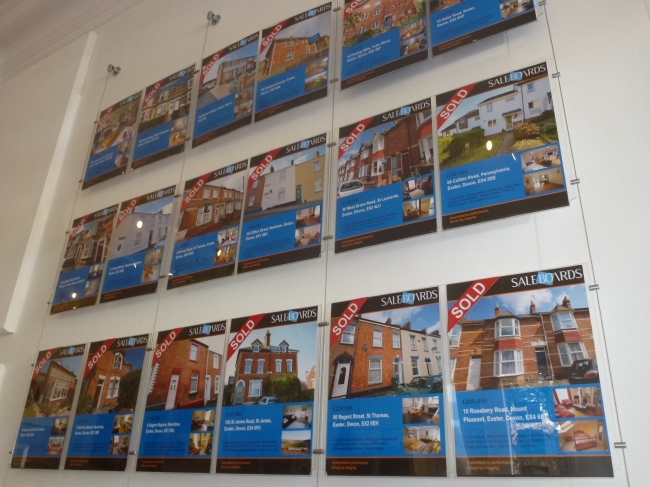With prices rising, it is inevitable that occurrences of gazumping will become more frequent.
In last years’ annual report, The Property Ombudsman highlighted a classic example of Gazumping which is clearly driven by the estate agent and leaves a seemingly good buyer high and dry. In this example case, ‘A Festive Failing’, the buyer had agreed to delay exchanging contracts to help out the seller, only to find that they are subsequently gazumped. From what I read, it appears that while the buyer waited patiently, the agent conducted a viewing and negotiated a sale with a new buyer.
Given that the original buyer would have gone through the whole legal process and probably shelled out for an expensive survey amongst other things, this probably cost them at least £1000. If they were selling their own property and there was a chain below, then the damage is likely to be very much more and affect several families in the same way.
In my opinion the agent involved should be severely reprimanded. They have deliberately misled a good client and apart from leaving them out of pocket, would have undoubtedly caused significant distress and inconvenience. In today’s world and with an industry ombudsman in place, one could be forgiven for thinking the buyers could expect some serious compensation.
In this case the ombudsman’s decision is clear and they are quick to deliver a guilty verdict. However, it is the amount of compensation which is a complete joke. Making the assumption that the estate agent is likely to be making several thousand pounds from this deal, an award of £600 must seem like a complete insult to the gazumped buyers.
So next time you hear a story about bad practise in estate agency, don’t be surprised. With little danger of punishment when agents break the rules, it is hardly surprising that activities such as gazumping are still common.
A Festive Failing
Complaint
Mr and Mrs I (the prospective buyers and complainants) were due to exchange contracts on the property two days before Christmas but, on the day of the exchange, it was discovered that the sellers’ proposed onward purchase had suffered flood damage and was the subject of an insurance claim. Although Mr and Mrs I’s money was in place with their solicitor in readiness for exchange, given that the sellers were elderly, Mr and Mrs I did not wish for them to have to move into a water damaged property in the middle of winter. They agreed to postpone the exchange and completion until after Christmas. However, three weeks after the holidays the Agent contacted Mr and Mrs I to inform them that the sellers had accepted another offer and would not be proceeding with them. Mr and Mrs I immediately complained that the Agent had failed to keep them updated.
Investigation
The Agent’s file recorded that they had arranged a viewing for another prospective buyer during the
festive period who then offered more than Mr and Mrs I. The sellers rejected the offer however, after
the offer was increased and after taking a number of days to consider the position, the sellers decided
to proceed with the new buyer. During this time the Agent had monitored the negotiations and financially qualified the competing buyer. However, it was clear that not only had the Agent failed to inform Mr and Mrs I that they were continuing to market the property but they also failed to inform them that a competing offer had been received. The Agent simply continued to monitor Mr and Mrs I’s transaction as it proceeded in parallel with the new offer. It was only at the point that the sellers accepted the competing offer that the Agent informed Mr and Mrs I of the situation.
Outcome
I pointed out that, whilst it was the decision of the sellers to whom and at what price the property was
sold, the Agent was obliged (under Paragraphs 7d and 7e of the Code of Practice) to have advised Mr
and Mrs I, in writing, that the property continued to be marketed and to keep them informed of the
existence of any other offers. This they did not do and I had no doubt that the failure of the Agent caused Mr and Mrs I significant aggravation, distress and inconvenience. Indeed, this was particularly so given the fact that Mr and Mrs I had agreed to postpone the exchange date to facilitate the sellers’ wellbeing; that the delayed transaction was so close to exchange; that they were completely unaware of the viewing over the Christmas period or that the competing offer had been in existence since that viewing. I supported the complaint and made an award of £600.
Taken from The Property Ombudsman Annual Report 2012.
